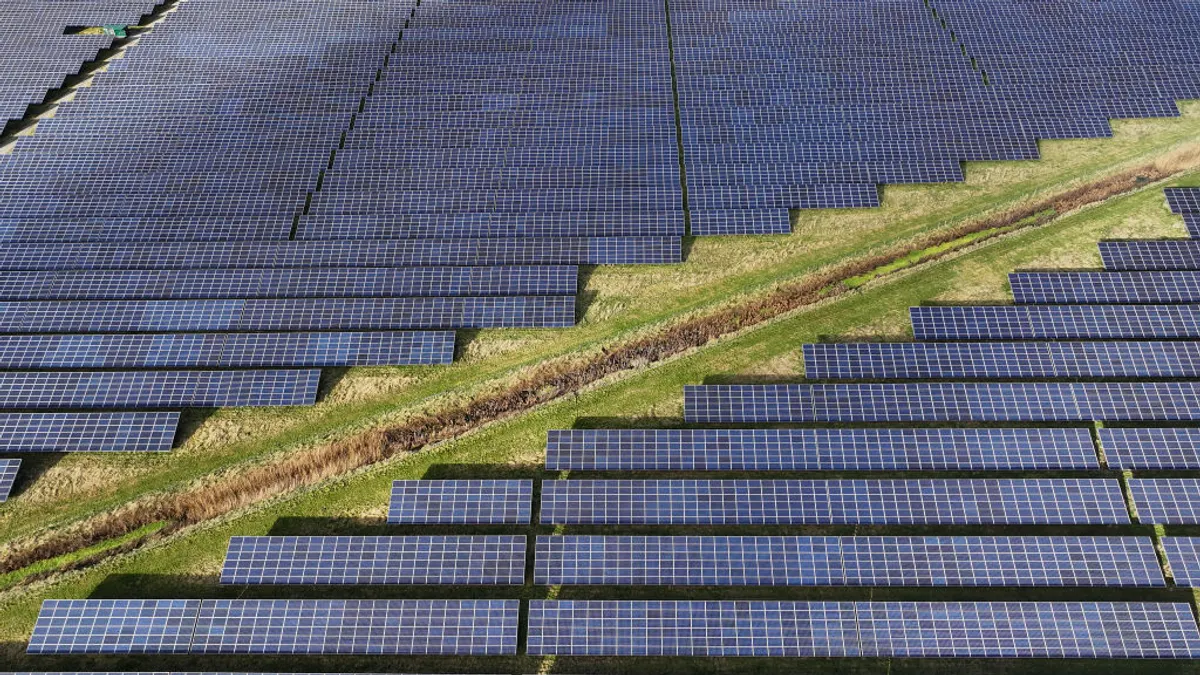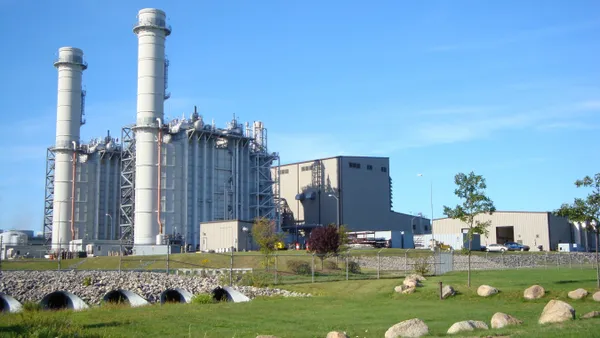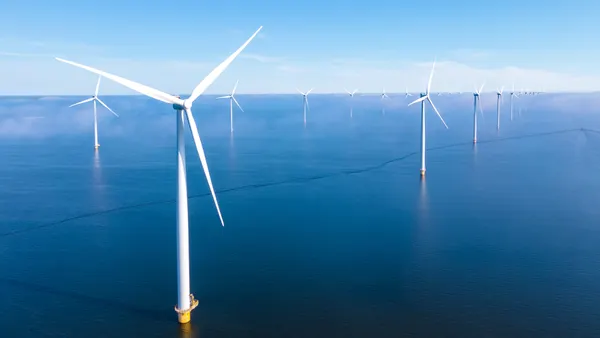Dive Brief:
- The Maine Public Utilities Commission has unanimously voted to review the terms for the Maine Aqua Ventus (MAV) offshore wind project, citing a significant decline in power prices since the contract was approved more than four years ago.
- The floating turbines were planned to be operational in 2020, but regulators requested comment on the matter in January and received more than 300 responses which they say were "thoroughly reviewed" before reaching the decision.
- The commission pointed to some estimates that show energy prices up to 80% lower than had been anticipated when the project's term sheet was approved.
Dive Insight:
There was some debate over how to deal with the term sheets and lower energy prices. But according to the Portland Press Herald, in the end, it came down to rates. Giving final approval to the term sheets as they were initially written would add between $172 million and $187 million to customer bills over the 20-year term.
The PUC sounded a note of regret following the decision to review.
“The Commission understands the importance of this project to MAV and its stakeholders," Chairman Mark Vannoy said in a statement. "On the other hand, it is incumbent on the Commission to ensure that the proposal continues to meet the legal requirements established by the Maine Legislature in 2010 and remains in the public interest of Maine citizens and businesses."
The project is being led by the University of Maine, and an official told the Press Herald they expect to answer regulators' concerns and continue moving forward. They also confirmed the decision would not jeopardize funding from the U.S. Department of Energy.
Maine Aqua Ventus has already received almost $11 million from DOE and could receive $40 million in funding if it meets certain milestones, though the PUC's decision puts those at risk.
The project is designed to utilize two 6 MW turbines on VolturnUS, a floating concrete semi-submersible hull designed by the University of Maine. An interconnection cable would join the turbines, connecting to a 34.5 kV subsea power cable.
While offshore wind is widely considered to be a burgeoning industry in the United States, earlier this year, Maine Gov. Paul LePage, R, issued an executive order instituting a moratorium on new wind turbines in the state.














